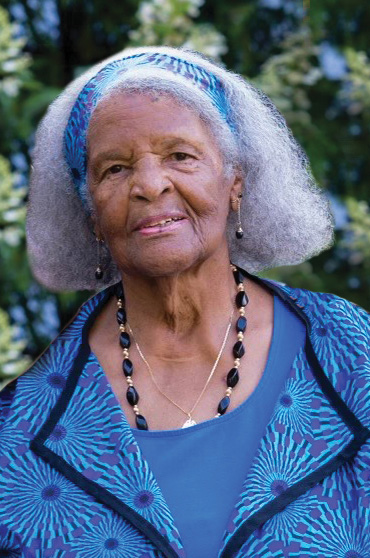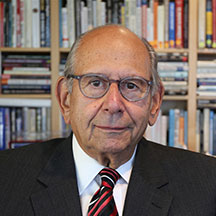Since she was always in charge, I’m sure she told Gabriel it was time to blow his horn for her arrival because she had squeezed every ounce of living out of this life and then some at age 96.
Dean Emerita Elizabeth B. Rawlins of Simmons College mentored countless young people who thanked her by becoming leaders in their fields and role models for those who followed them.
Beyond Simmons College, Dean Rawlins was the sage who guided Black professionals in the National Association for Women in Education (NAWE) as they sought recognition through leadership to have their voices heard and their talents recognized.
To me, she was “Betty”—friend and role model. While I generally respect the day for family privacy, I called Betty at her home in Oak Bluffs on Martha’s Vineyard on Christmas Day 2023. I could hear the familiar sounds of the family gathering. I could tell by the joy and cheerfulness in her voice that she was elated and ecstatically happy as she told me who was at the house and what they were doing. I could picture the scene, and a feeling of rightness and peace overwhelmed me. I was so glad that I had been led to speak with Betty for what I felt might be the last time.
After we ended our call, I sat for a while and with a smile I recalled good times Charles and I had with Betty and Keith, her late husband, and mutual friends over the years:
- African Meeting House in Boston
- Betty’s rolls and Keith’s stuffed mushrooms
- Inkwell Beach
- The ferry crossings
- Gingerbread houses
- Great seafood
- Annual Valentine’s Day in Florida all wearing red
- Fireworks on the grounds of the Episcopal Church
- Chilmark Chocolates
- Literary readings on summer nights
- Trips to Edgartown
- Oak Bluffs famous-people spotting
- Art and bookstore browsing
She had it all. She lived her life with confidence. She loved Simmons College and Simmons College loved her back. She loved and was proud of her family. They were proud of her and loved her. She left this life fulfilled.
I’m so grateful to have known you, Betty.




